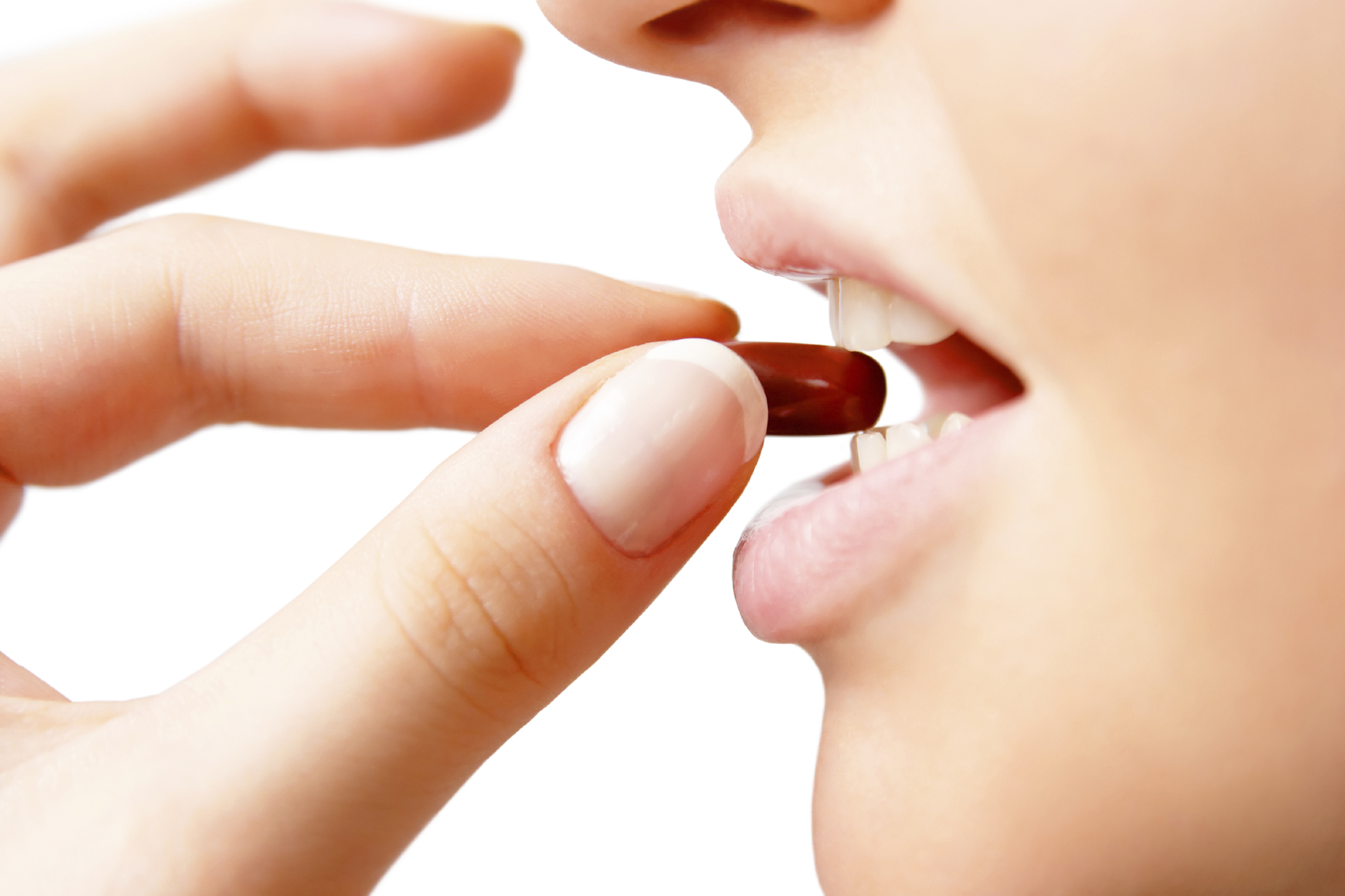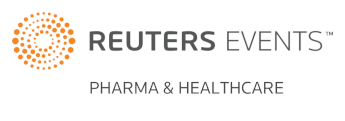A Hard Pill to Swallow: Improving Palatability
Difficulties swallowing tablets/capsules are a widespread issue that may influence treatment success.

Difficulty in swallowing tablets and capsules is a widespread problem affecting people of all ages. There are even concerns that it may pose a serious compliance problem among patients. A study in Germany and the United States, conducted by HERMES PHARMA, shows that over half of the 2000 patients reported having difficulty swallowing tablets, demonstrating the scale of the issue.
Consumers who have difficulty in swallowing tablets cite one or more of three problems: difficulty in swallowing large tablets; tablets getting stuck in the throat; and, unpleasant taste or smell of tablets. Other issues raised include needing to drink a lot of water to get tablets down, uncomfortable sensations in the throat, activation of a gagging reflex (and even cases of vomiting), tablets turning sideways when swallowed, and problems with roughness or stickiness. A small percentage of respondents said they had difficulty breathing and experienced feelings of suffocation after taking tablets.
 HERMES PHARMA specializes in the production and development of user-friendly solid dosage forms, often working with other pharmaceutical companies in the development of user-friendly formulations. Dr Thomas Hein, Senior Vice President Commercial and Regulatory Affairs at HERMES, spoke to us about the palatability problem and its patient compliance implications.
HERMES PHARMA specializes in the production and development of user-friendly solid dosage forms, often working with other pharmaceutical companies in the development of user-friendly formulations. Dr Thomas Hein, Senior Vice President Commercial and Regulatory Affairs at HERMES, spoke to us about the palatability problem and its patient compliance implications.
Palatability and compliance
Hein says of the compliance problem, “How a medicine tastes and how easy it is to swallow can affect compliance and thus the effectiveness of a treatment. This in turn can place a burden on healthcare systems due to wasted medicine and the need for repeat visits to a doctor.”
Difficulties swallowing tablets is a concern that has been recently recognized by the FDA, who suggests that manufacturers who can control various physical attributes of tablets or capsules, should bear the burden of taking action to address this problem. The FDA, however, fails to mention the availability of alternative dosage forms, which may constitute an important way forward in this area.
According to Hein, these include “effervescent and chewable tablets, lozenges, orally disintegrating granules (ODGs) and instant drinks.” He argues that these formulations allow for a pleasant flavor, a favorable experience, and an increased likelihood of patient compliance.
Our survey showed that 33% of people were breaking their tablets or capsules before swallowing, while another 17% were crushing and then dissolving tablets in water. This is a worryingly high percentage of people potentially rendering their medication significantly less effective.
Pharmaceutical professionals will understand why pills often need to be quite large, as well as the arguments against splitting or crushing pills prior to taking them – a solution that many patients resort to. However, the high percentage of patients who resort to pill splitting or crushing is of concern.
“A surprisingly large number of patients resort to splitting tablets in an attempt to make them easier to swallow,” says Hein. “This can affect the dose and timing of Active Pharmaceutical Ingredient (API) release, and it is likely that a majority of patients are unaware of the risks. Our survey showed that 33% of people were breaking their tablets or capsules before swallowing, while another 17% were crushing and then dissolving tablets in water. This is a worryingly high percentage of people potentially rendering their medication significantly less effective.”
Interestingly, when the study sample is divided into age groups, it is the 16-34 year old demographic group that experience the greatest aversion toward medicines based on tablet or capsule size and flavor; 70% of this category reported difficulties in swallowing tablets compared to only 44% in the 65+ age-group. It was also found that 8% of adults admitted to discontinuing treatment prematurely based on aversion to tablet size and flavor.
Palatability and new technology
APIs have a bitter taste. Flavoring, coating or taste-masking can be employed to cover this, and are already used to some extent. However, Hein believes that pharmaceutical companies can take flavor to the next level and lists some rather tasty sounding flavors, including cappuccino, cream-banana, chocolate, and cherry-mint. He is particularly proud of a pomegranate flavor developed for use in effervescent cough and cold tablets.
According to Hein, Hermes are employing some interesting technology to address the problem of palatability: “Advances in coating technologies have allowed us to efficiently mask the taste of APIs and impart a great deal of flavor into medicines. One of the technologies we use is hot melt coating (HMC), which we often apply to ODGs. In this process, we suspend API particles in a fluid bed coater while the excipients are heated until they are molten and then sprayed directly onto the seed particles. Once this is complete, we blend with additional excipients and/or flavors to create the final formulation, ready for use.” HMC allows the company to taste-mask while maintaining a fine control of API release profile, whether it needs to be fast or sustained release. “Technologies like HMC have an efficient batch throughput and dispense with the need for expensive and potentially toxic solvents typically required for other coating processes,” adds Hein.
Other interesting technological advances in the field of palatability include digitally printed tablets. These tablets are layered, allowing for higher doses in a smaller form that also dissolves very quickly.
When it comes to flavoring effervescent tablets, Hermes make use of a patented procedure that adds glucono-delta-lactone (GDL) before the addition of flavoring components to a homogeneous melt. “This is then moved onto a conveyor belt where it solidifies,” explains Hein. “Once cooled, the non-crystalline melt is milled into particles of the desired size. Flavors produced like this remain stable for years, as the aromatic oil droplets are hermetically sealed, eliminating oxidation and similar detrimental reactions.”
Other interesting technological advances in the field of palatability include digitally printed tablets. These tablets are layered, allowing for higher doses in a smaller form that also dissolves very quickly. One sip of water is all it takes to dissolve the tablet. Using this method, up to 1000mg of active ingredient can be packed into a single, easily administered pill – and the technique can be used to create personalized doses for individual patients as well.
Pharma’s awareness and the patient’s perspective
According to the results of Hermes’ palatability study, particularly the disturbing results concerning improper use of medicines in which a high percentage of people admitted to splitting or crushing tablets, there is a lack of patient awareness. We asked Hein what is being done to raise awareness of the palatability problem within the pharmaceutical industry, as well as among patients and doctors.
“We have recently launched a new microsite based upon the results of our survey,” he shares. “We hope that by presenting unbiased data, free of charge, we can raise awareness of this problem in the pharmaceutical industry, as it seems to have been neglected up until now. And the good thing is that the problems highlighted also represent an opportunity for pharma companies to innovate with new dosage forms, and to differentiate themselves from competition.”
There is an array of high profile sites for consumers, such as the NHS and WebMD pages, describing the difficulty that people experience when swallowing tablets or capsules. However, while these resources may provide some solutions – primarily offering advice on how best to swallow tablets – they don’t describe the full story, which is that dosage forms that are easier to swallow are already available. There are also still people who are uncomfortable using the internet to find such repositories of information and so must rely solely upon their healthcare professional. There is a need for a more active and coordinated effort to raise awareness of the problem and offer alternative solutions, as it affects old and young, men and women alike.
“Patients are at the center of any good new product development strategy – or at least they should be,” highlights Hein. “Our recent survey data looked at people from both Germany and the US, and managed to pull out not just what people dislike about their existing medication, but what they want to see in future medicines.” The findings showed a resounding preference for dosage forms that are convenient, have a pleasant taste and come in improved packaging. “Ultimately, people have come to expect multiple options in all of their buying decisions, so why should health be any different?” asks Hein.
Children and adults prefer palatable presentation
Although the pharmaceutical industry has long been aware of and has catered to the preference of children for palatable medications, less attention has been given to the preferences of adults. According to Hein, these are very similar to those of children: “The introduction of liquids, chewable and effervescent tablets, or instant drinks, should be applied to adults as well. The problems with traditional solid oral dosage forms like tablets and capsules have now become big enough to be recognized and addressed by the FDA. This will hopefully incentivize more developers to begin generating medicines in alternative forms.”
Hein points out that medicines don’t need to actually taste ‘nasty’ or be difficult to swallow. Palatable dosage formats, such as chewable tablets, effervescent tablets and ODGs have been available for years, and people of all ages are more receptive to pleasant-tasting medicines.“The technology and expertise is already in place to assist adults with this problem, we just need the drive to do so,” he says.
Obstacles to palatability: challenging the status quo
While the effectiveness and convenience of user-friendly dosage forms isn’t in question, a hurdle to their introduction and subsequent uptake is the difficulty of challenging the status quo. Pharmaceutical companies already have well-established procedures and expertise in developing and manufacturing tablets and capsules. They have built sound business models and workflows around this long-standing dosage form. It must also be remembered that the current regulatory environment has been structured with conventional dosage forms in mind; introducing novel dosage mechanisms could require a new set of guidelines.
“What we need is a paradigm shift away from this scenario, and that will only occur through education,” advises Hein. “Results like those from our survey and the recent FDA guidance are the first steps needed to show pharma the problems with these traditional solid oral dosage forms. Making changes to such an establishment is difficult, but we can offer a powerful incentive for industry in the form of data.”
Could medicines become ‘too nice’?
According to the Centers for Disease Control and Prevention, more than 60,000 children are hospitalized every year after swallowing medications while their caregiver is distracted. Pleasant-tasting medicines could aggravate this problem and the widespread adoption of palatability as a criterion for medications may create a need for even more cautious storage of medicines in households with young children.
However, even when this potential problem is acknowledged, it would seem that more pleasant tasting medications would be welcomed by most consumers, particularly the many millions who are sensitive to palatability issues and those who have difficulty in swallowing tablets.
